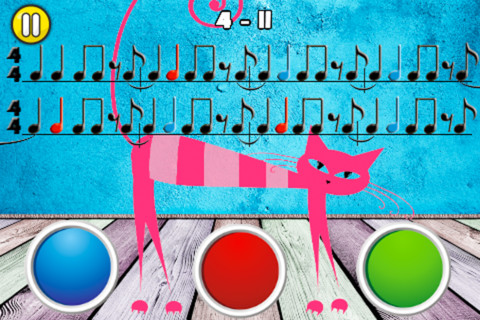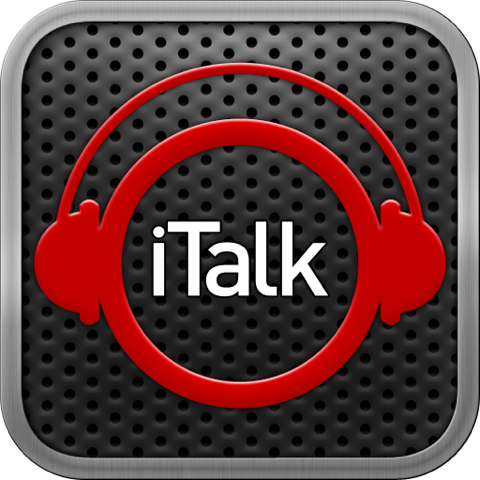A frequent question I receive from blog readers is about what method/software do I use to make music worksheets. Since discovering music fonts (and publishing my blog post on music fonts last Spring), I have been using music fonts more and more for my printables and using Finale less and less. Finale is great and totally necessary for printing compositions and arrangements, but it’s not quite as convenient for making music worksheets.
To help answer some of those questions about how to get started using music fonts for creating music worksheets, I decided to create a quick video showing the process for creating a rhythm worksheet using my two favorite music fonts: MusiSync and Rhythms. These two fonts are so simple to use, you might not even need a character map (as described in the full post about music fonts). Before getting started, you will need to download and then install both of these fonts onto your computer. You will also need the program Microsoft Publisher (part of the Microsoft Office suite), or a similar program.
It’s my first try doing a video tutorial. Let me know what you think. 🙂
Update: Here is a follow-up video that talks about using two other fonts, that will allow you to create melodic examples in your worksheets. And here is one more video tutorial, showing another option for making worksheets: using png image files of various music symbols.














 SpeakBeat – Cost: $1.99. View it in the iTunes store
SpeakBeat – Cost: $1.99. View it in the iTunes store  I’ve been enjoying the wonders of my iPod Touch 4g for nearly two years now. However, recently, my hubby and I upgraded our cell phones to the glorious iPhone 4. There isn’t really much difference between the two, other than that now I don’t have to carry both a phone and the iPod around with me everywhere (my iPod had my calendar with teaching schedule, so I tried to keep it with me always), and now I can access the internet anywhere I go.
I’ve been enjoying the wonders of my iPod Touch 4g for nearly two years now. However, recently, my hubby and I upgraded our cell phones to the glorious iPhone 4. There isn’t really much difference between the two, other than that now I don’t have to carry both a phone and the iPod around with me everywhere (my iPod had my calendar with teaching schedule, so I tried to keep it with me always), and now I can access the internet anywhere I go.




 I’ve been intending to write this post in the “Studio Marketing” series (perhaps the last one) for awhile now, but I was stalling in hopes of being able to include more information about the new Google+ social networking site……I’ll get to that in a moment. Read on. 🙂
I’ve been intending to write this post in the “Studio Marketing” series (perhaps the last one) for awhile now, but I was stalling in hopes of being able to include more information about the new Google+ social networking site……I’ll get to that in a moment. Read on. 🙂